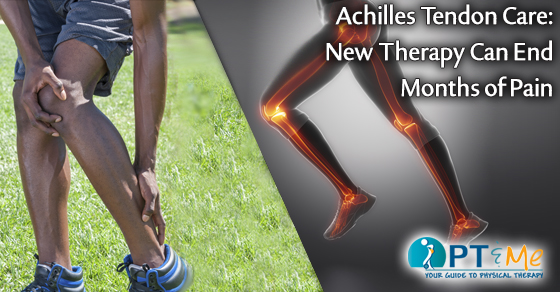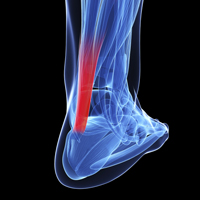PHYSICAL THERAPIST
WHAT DO THEY DO?
PTs are health care professionals who provide rehabilitation for musculoskeletal issues.
Rehabilitation includes programs focused on:
- Strengthening
- Range of motion
- Balance training
- Functional training
- Gait training
- Return to work programs
- Pain reduction
Physical therapist’s goal is to return patients to a normal life, that is pain free.
HOW TO BECOME A LICENSED PHYSICAL THERAPIST?
1.) Bachelor’s degree, that includes required Prerequisites for PT schools of your choice.
2.) Doctorate degree from credited school which includes a number of hands on clinical experiences.
3.) Apply & sit for licensure exam in state, you choose to work.
PHYSICAL THERAPIST ASSISTANT
WHAT DO THEY DO?
Work as part of the Rehabilitative team to provide physical therapy services under the direction and supervision of the physical therapist.
PTAs implement:
- Selected components of patient/client interventions (treatment)
- Obtain data related to the interventions provided
- Make modifications in selected interventions either to progress the patient/client as directed by the physical therapist
HOW TO BECOME A PTA?
1.) Attend CAPTE – accredited associated program
2.) Apply & sit for licensure exam
JOB SETTINGS: Any setting in which a PTA can work
CERTIFIED ATHLETIC TRAINER
WHAT DO THEY DO?
Certified Athletic Trainers (ATCs) are health care professionals who work alongside physicians to provide:
- Preventative services
- Emergency care
- Clinical diagnosis
- Therapeutic intervention
- Rehabilitation of injuries and medical conditions
Certified Athletic Trainers can help you avoid unnecessary medical treatment and disruption of normal daily life.
HOW DO I BECOME A CERTIFIED ATHLETIC TRAINER (ATC)?
1.) Graduate from a bachelors or master’s degree program accredited by the Commission on Accreditation of Athletic Training Education (CAATE).
2.) Pass the certification examination conducted by the Board of Certification (BOC).
3.) Once certified, he/she must meet ongoing continuing education requirements in order to remain certified.
4.) Athletic trainers must also work under the direction of a physician and within their state practice act.
JOB SETTINGS
- Colleges & Universities
- Hospital & Clinical
- Occupational Health
- Military
- Performing Arts
- Physician Extender
- Professional Sports
- Public Safety
This information was written by Advance Rehabilitation Physical Therapy, an outpatient physical therapy practice with locations in Georgia and Florida, that focuses on providing the highest quality rehabilitation services. For more information click here.
















